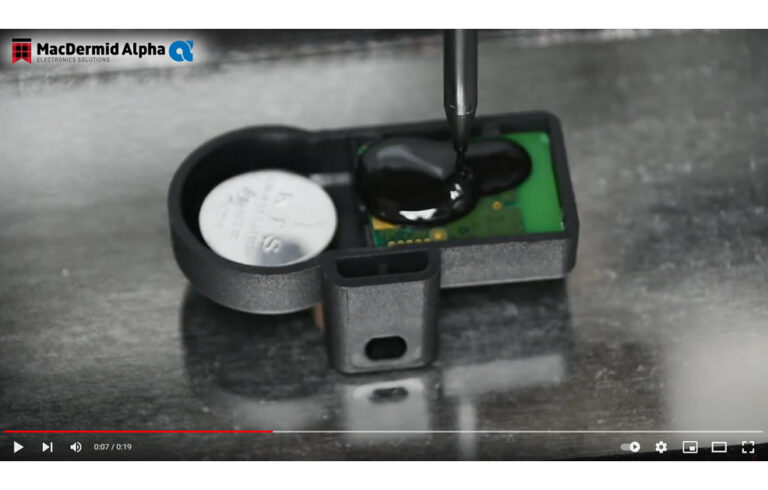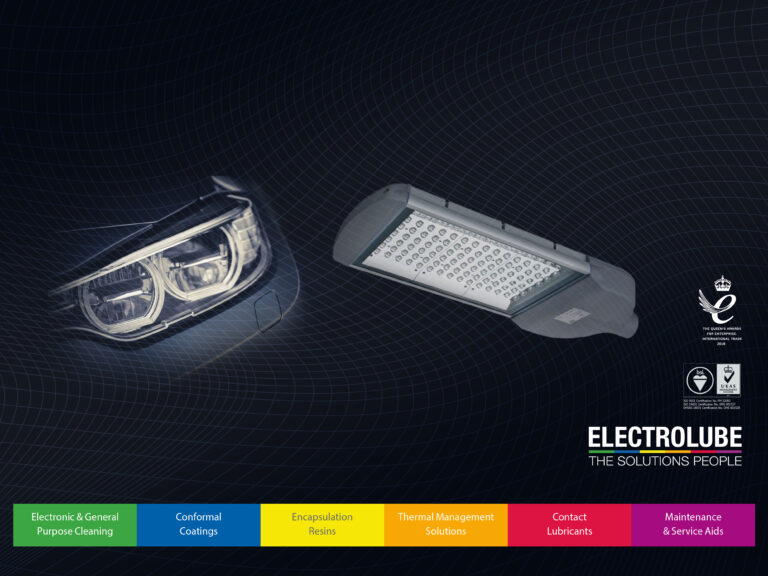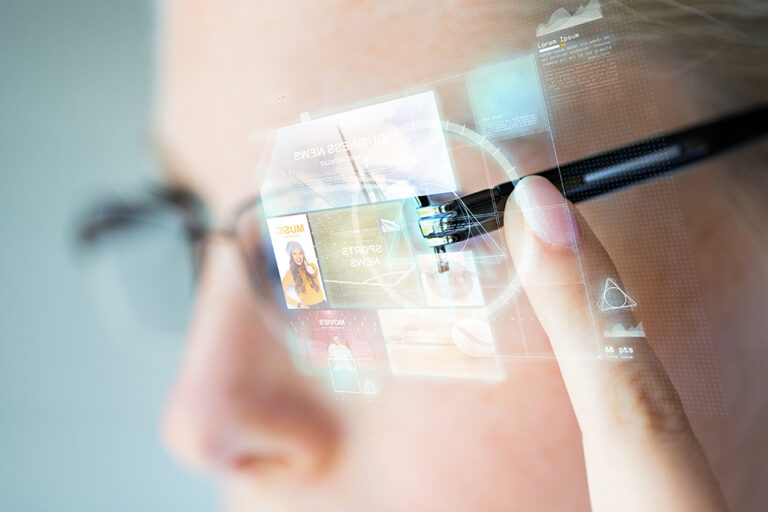Wearable technology literally started with the watch and enabled individuals to tell the time, initially in the 1500’s via a necklace worn device and later in the 1900’s as the wristwatch. Fast forward several decades and we now see computer technology integrated into so many parts of daily life. Through the development of wearable computer technology, pioneers have successfully extended and enriched the functionality of clothing. Harnessing the electronic functions used in everyday life and incorporating them into devices and accessories that can comfortably be worn on the body, is leading us into the era of ‘wearables’.
In 2019 wearable technology has evolved to become one of the biggest industries in the world as a result of the latest innovations to the industry. In a recent study conducted by Statista shows that the total number of wearable users that were connected to 4G network in 2017 to be 526 million, while the market is expected to grow by 89 million by 2022 connecting over 900 million. These figures indicate a continuous growth in demand for wearable gadgets: an increasing trend that they are becoming a life necessity. Regular users of wearable technology tend to be on the lookout for the latest and greatest versions of their favourite gadgets. The use of smartwatch is becoming increasingly as these devices offer so much in the way of features and information. One current launch for a smartwatch even an inbuilt electrocardiogram to warn you in case you are developing a heart complication. Additionally, the watch automatically detects panic for instance in case of a fall which will trigger it to send help notifications to family members.
Another trending wearable gadget of 2019 is the smart ring. The gadget is becoming popular among individuals who spend a lot of time in meetings and require frequent notifications without attracting much attention by glancing at their smartwatch and other mobile devices. Additionally, this wearable is very handy while shopping since you can use it to swipe for payment or gain access to your car and other smart home appliances.
In all types of use, the wearable technology is designed to make us more efficient both in business and our personal lives. There are also a number of new developments taking place, showing the use of wearable technology in different industries including both fashion and safety wear. Analysis and research are also key factors within the wearable technologies industry. In sport, there are seemingly endless possibilities to analyse and improve one’s game. Whether it be via the use of Google Glass to aid performance within the sport, navigate a route and send a message during training or by the use of many other sensor based devices that can analyse technique, speed or posture for example; wearable technology provides the opportunity to develop and improve at a much faster rate.
In the medical industry the ability to analyse and treat patients using wearable technology is also offering additional avenues of research. There is an increasing demand in the use of medical wearables owing to its affordability and convenience as opposed to routine GP check-ups. The latest advancement has seen these devices now capable of collecting highly accurate health data and connect remotely to the personal physician who will then be able to monitor your health progress and also check if you are correctly using your medications.
The technologies that such wearable devices are utilising are already common place, however and are being adapted for their use in new applications. For example, the devices usually have to connect to a smart phone or computer in order to relay information or data. As a result, the wearable devices may have wireless or Bluetooth connectivity or as with navigation devices, may incorporate GPS. In addition, a number of applications for wearable technology may use sensors to detect a specific change (which is dependent on the nature of the sensor) and provide an output which again may be transferred to a separate receiver.
Alongside the challenge of actually designing a functioning device, the challenge that wearable technology poses is the nature in which this technology will be used and primarily, the environments that the device may be used in. For instance, a temperature sensor on a static device will have to withstand the temperatures within that environment and any thermal shock or cycling that may take place. A temperature sensor in a wearable device has the added consideration of physical interactions; the device will be moved, worn, may see impact, may be flexed and potentially exposed to a number of additional elements, such as water or chemicals, for example. It is therefore imperative that these devices are protected accordingly to ensure reliable performance when utilised in their end-use environments.
Protection can be provided in the form of encapsulation resins or conformal coatings, for example. The variety of potential applications can also generate another challenge in selecting the most suitable protection compound. As we have already concluded, the wearable device is likely to use some form of connectivity, whether it be direct to another device or system or via a sensor to record changes in information gathered. This connection to other devices will operate via radio waves and therefore any protection compound used, must allow RF signals to be transmitted without any interference. In connection with this requirement the environmental conditions and general use of the device must be considered in order to produce a full picture of its working life.
To enable a better understanding of likely performance and simplify the selection process, it is possible to draw on experience from other industries and technologies. For instance, if we think of a wearable device that can be worn by a swimmer to monitor heart rate and general health when in the pool, it is immediately understood that this device must still work when immersed in water. Any changes in temperature will be minimal but quite rapid and the frequency and length of time the device could be immersed in water is unknown. It should therefore be assumed that the device is constantly operating when immersed in water. This application can be likened to that of a sonar buoy used in marine applications where sensors are utilised for providing vital information about the sea environment. In this case, the device will have to send an RF signal and operate when constantly immersed in salt water; a similar environment to that of the wearable health tracker worn by the swimmer.
We can also elaborate on the information we have already gained from other industries. For example, salt water is generally more corrosive than the water found in a swimming pool and therefore the application experience gained from the sonar buoys will show the performance of a device protected with a suitable potting compound in a similar but more aggressive environment. This is obviously just one example of many different considerations; the degree of flex and toughness of the device, the operating temperature range and the possibility of any chemicals coming into contact with the device are all possible factors to take into account during the selection process. Thinking about all of these properties and not forgetting the need to allow connectivity via RF signals, there are many properties such as the dielectric constant, salt mist resistance, shore hardness and elongation at break that can be used to find the optimal product for in-use testing.
Although this information may seem somewhat vague, it is clear that each application will have its own criteria in terms of performance, environment and expected use and in all cases, a reliable and accurate response is required from the wearable device. An example of application requirements is given in the “Sudden Impact” wearable device challenge being conducted by Element 14 where Electrolube are one of the industry partners. The challenge is to develop a wearable device for athletes that provides vital health information to increase safety on the field and monitor the condition of athletes in real-time, thus reducing sports related injuries. In this case, we know that the device will have to be protected from shock, potentially water or other pollutants and allow wireless connectivity. As with all wearable devices there is the possibility that LEDs or displays may be present and therefore the protection offered will need to be clear and maintain its clarity over time. By working through these parameters with an electro-chemical manufacturer, such as Electrolube, it is possible to quickly find the most suitable solution for the application and therefore ensure the performance of the wearable device during its working life.
Whatever the application, the wearables market is definitely a hot topic. The concept and new developments in this field are what will continue in the future and with the variety of devices possible will come the vast array of requirements which will define the need for suitable protection medium. Wearable technology is designed with the intention to make everyday tasks easier and more accessible. It will encourage different methods of interaction and communication, again increasing our mobility within the electronic world and thus shall further enhance relationships and collaborations in this field.
Jade Bridges
European Technical Support Specialist – Electrolube
Jade.bridges@electrolube.co.uk










